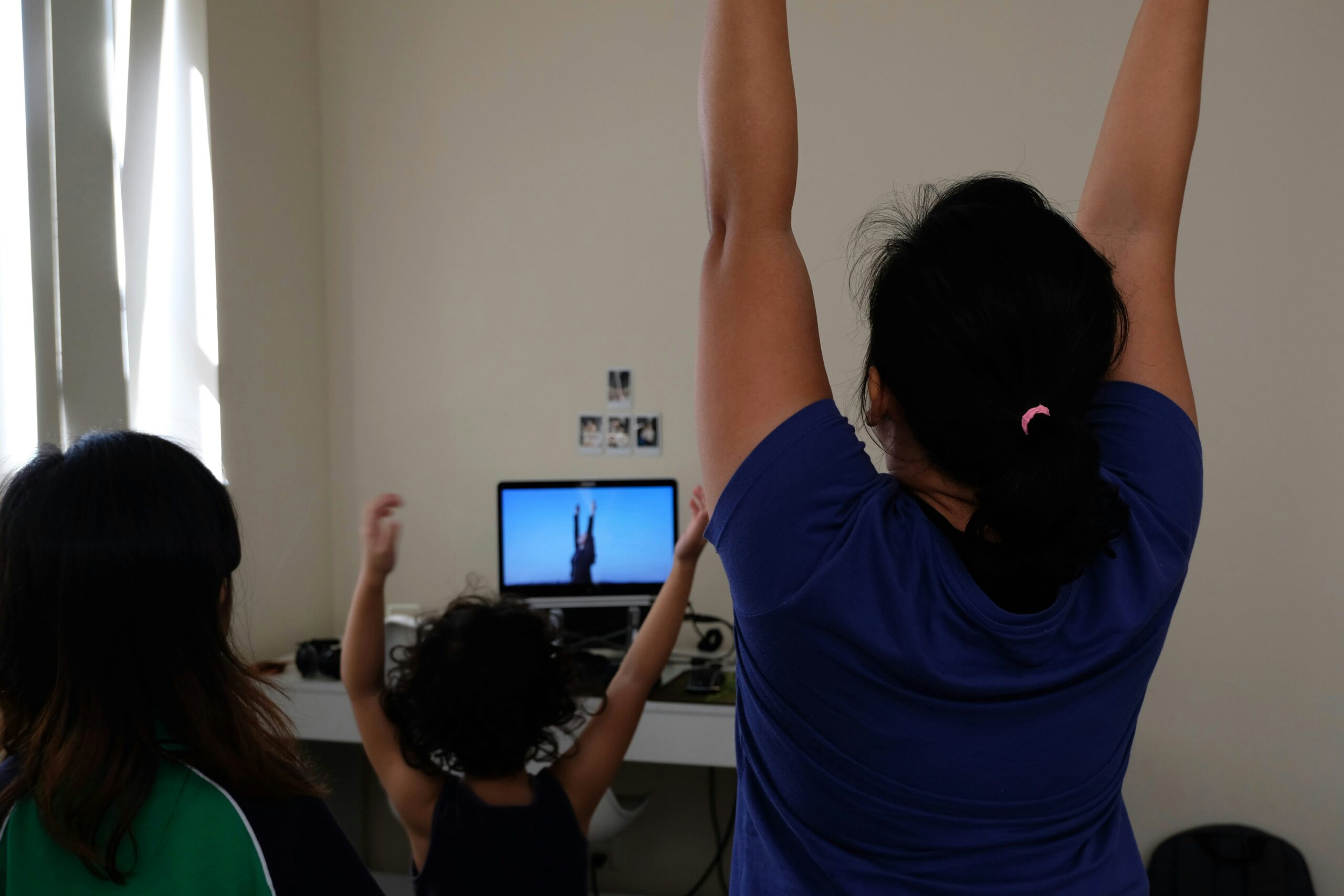With the digital revolution, screens have become integral members of the family. Their presence has brought different solutions to different problems. Currently in France, 98 % of families with children have a television, 98 % a computer and an Internet connection. Nevertheless, this omnipresence has led to the emergence of new forms of tension, and has somewhat disrupted cohabitation and family equilibrium. This change raises questions about how these technologies are managed within families, and their impact on intergenerational dynamics.
How can we regulate the use of screens within families?
Screen use among family members
Screens serve as a means of communication between family members, as educational tools and as sources of entertainment. Nevertheless, the proliferation of these digital media requires rational regulation to avoid negative effects on family well-being. An open dialogue on the use of screens allows each family member to express his or her needs and concerns.
Screen technologies
The diversity of technologies, from smartphones to tablets and computers, offers multiple points of access to digital content. This makes managing them more complex. A personalized approach that takes into account the age, interests and responsibilities of each individual, helps to better manage this diversity.
How do you regulate screen time?
Setting clear rules about screen time, practicing off-screen activities and establishing screen-free zones in the home are effective strategies for regulating digital media use. Encouraging quality family time without screens, such as meals or board games, also strengthens family bonds and complicity.
What are the effects of screens in the home on intergenerational relations?
The impact of screens on interpersonal relationships
Keith N. Hampton and Inyoung Shin (2022) REF [^1^] explored the impact of unequal access to new media and restrictive parenting practices on adolescents' self-esteem, suggesting that disconnection may be more problematic than heavy use of social media. This research highlights the importance of striking a balance between access to these platforms and the preservation of young people's self-esteem.
Relations between parents and children around screens
The digital practices of teenagers and their parents reveal that, while screens facilitate certain interactions, they can also create communication barriers. Shared digital activities help to overcome these barriers and strengthen mutual understanding.
Digital practices of teenagers and their parents
The digital practices of teenagers and their parents reflect the complexity of family interactions in the digital age. Indeed, each generation has its own habits and preferences when it comes to consuming screens. Open communication about these practices helps to establish rules for media use that respect everyone's needs while promoting family well-being. Content, such as online games or educational projects, strengthens the bonds between parents and teenagers, creating spaces for dialogue and mutual learning.
How do screens influence family interactions?
Children and their relationship with household screens
Michael Saker and L. Evans' (2021) REF[^2^] study of intergenerational locative play with Pokémon Go illustrates how location-based games strengthen family bonds, as they prioritize shared physical and social activities. This shows that digital media can be positively integrated into family activities, as they thus strengthen the bond and shared discovery.
The impact of video games on family relationships
Video games, when integrated in a balanced way into family life, become opportunities for sharing and mutual learning. However, they require parental mediation to avoid conflict. To maintain family harmony, it's important to discuss together the appropriate content and time devoted to video games.
Social networks and family relationships
Social networks are changing the way families communicate. They have introduced new forms of interaction, while presenting challenges for family cohesion. Responsible, conscious use of social networks can help overcome these difficulties and promote healthy communication.
Couples and technical objects and screens
Screen technologies can also influence couple relationships. They are a means of connection, but they are also a source of distraction and a barrier to intimate communication. It's important for couples to carve out screen-free time to nurture their relationship.
In conclusion
The permanent presence of screens in modern homes impacts each family differently, positively or negatively, depending on their original configuration. Indeed, families who value dialogue and sharing in their daily interactions tend to maintain this positive dynamic even in the context of screen use. Conversely, for families marked by constant conflict, digital technologies can become an additional factor of distance and disunity. Nevertheless, a conscious and collective regulation of their consumption remains essential to preserve harmony and well-being within the domestic sphere.
Disclaimer
This article is for information purposes only and does not replace professional medical or educational advice.
References
REF [^1^]. Hampton, K. N., & Shin, I. (2022). Disconnection More Problematic for Adolescent Self-Esteem than Heavy Social Media Use: Evidence from Access Inequalities and Restrictive Media Parenting in Rural America. https://dx.doi.org/10.1177/08944393221117466 ↩
REF [^2^]. Saker, M., & Evans, L. (2021). Intergenerational Locative Play. https://dx.doi.org/10.1108/9781839091391 ↩
